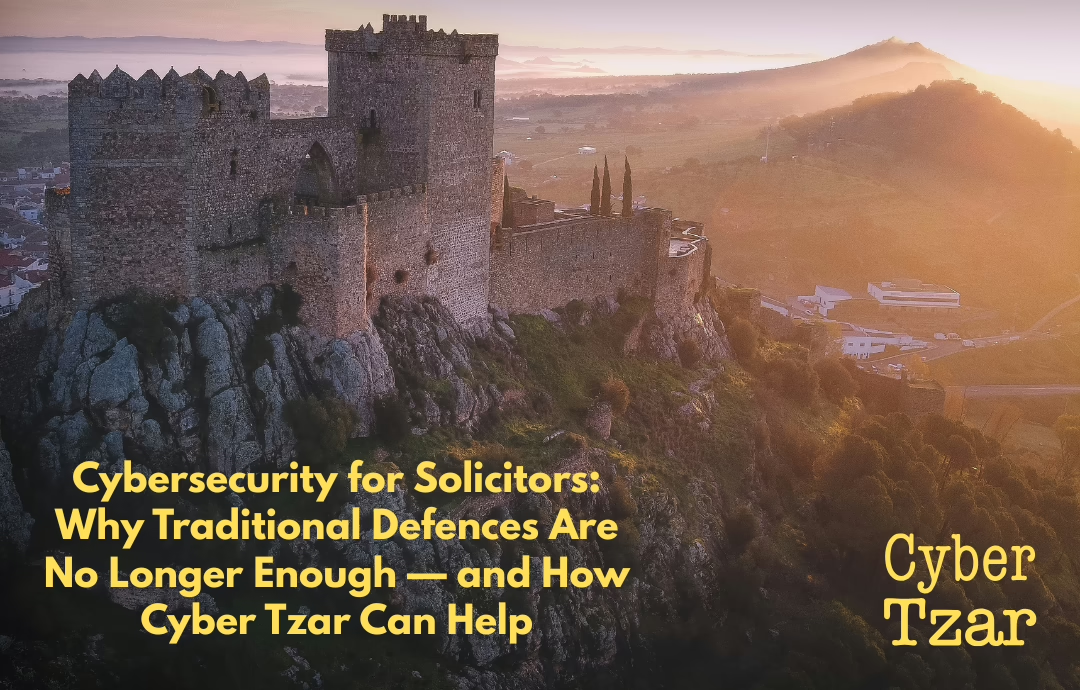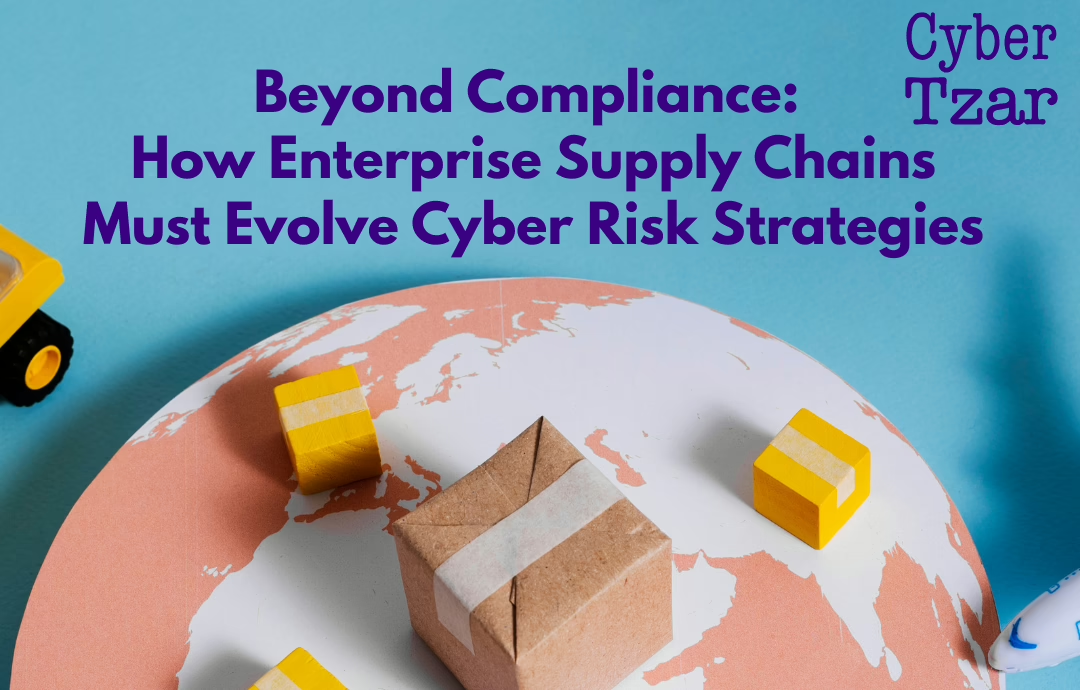Cybersecurity isn’t just about firewalls and passwords. In the education sector, where limited budgets meet complex digital demands, people are often the first and last line of defence. That makes effective cyber awareness training in schools more than just a box-ticking exercise — it’s a frontline necessity.
The Human Factor in Education Cybersecurity
Teachers, administrative staff, and even students regularly handle sensitive data — from pupil safeguarding records to parent contact details and financial systems. Many recent cyber incidents affecting UK schools haven’t stemmed from advanced hacking techniques, but from successful phishing emails, misconfigured systems, or inadvertent data exposure.
That’s why it’s critical to ensure every person interacting with a school’s digital environment understands how to recognise risk — and respond effectively.
What Does Effective Training Look Like?
Not all training programmes are created equal. Here are five principles we’ve seen work well across multi-academy trusts and school systems:
-
Keep it practical.
The most effective training uses real-world examples, particularly ones rooted in the education sector. Simulated phishing campaigns tailored to school contexts (e.g. “urgent parent email” or “fake invoice from a supplier”) drive home the point far more than abstract theory. -
Make it repeatable.
A one-off session during teacher training week is unlikely to stick. The best awareness programmes are light-touch but continuous — monthly nudges, termly reviews, and short microlearning modules keep cybersecurity front of mind. -
Align with existing safeguarding culture.
Cyber risk isn’t separate from child protection — it’s part of it. Schools already have processes for reporting safeguarding concerns. Embedding cyber risks into those same workflows makes training more familiar, not more work. -
Measure and improve.
Awareness without measurement is just hope. Schools that track awareness scores, engagement with training, and user performance in simulated attacks are able to improve — not just comply. -
Include all staff.
Not just teachers. Office administrators, caretakers with email accounts, supply teachers using school Wi-Fi — everyone with access to digital systems needs to be included.
The Cyber Tzar Perspective
At Cyber Tzar, we support schools, multi-academy trusts, and education providers with tools that go beyond training. Our platform helps you identify:
-
Where your digital systems are vulnerable
-
Which suppliers in your school ecosystem may introduce third-party risk
-
How your school or trust benchmarks against others in the sector
By combining automated vulnerability scanning, portfolio-level insights, and risk benchmarking, we give school leaders the visibility they need to strengthen their digital resilience.
We’re not here to sell you a training course — but we are here to help you understand where your greatest cyber risks lie. And in schools, that often starts with people.
🔍 Want to find out how your school or trust compares?
Visit cybertzar.com or request a sector benchmark demo.

